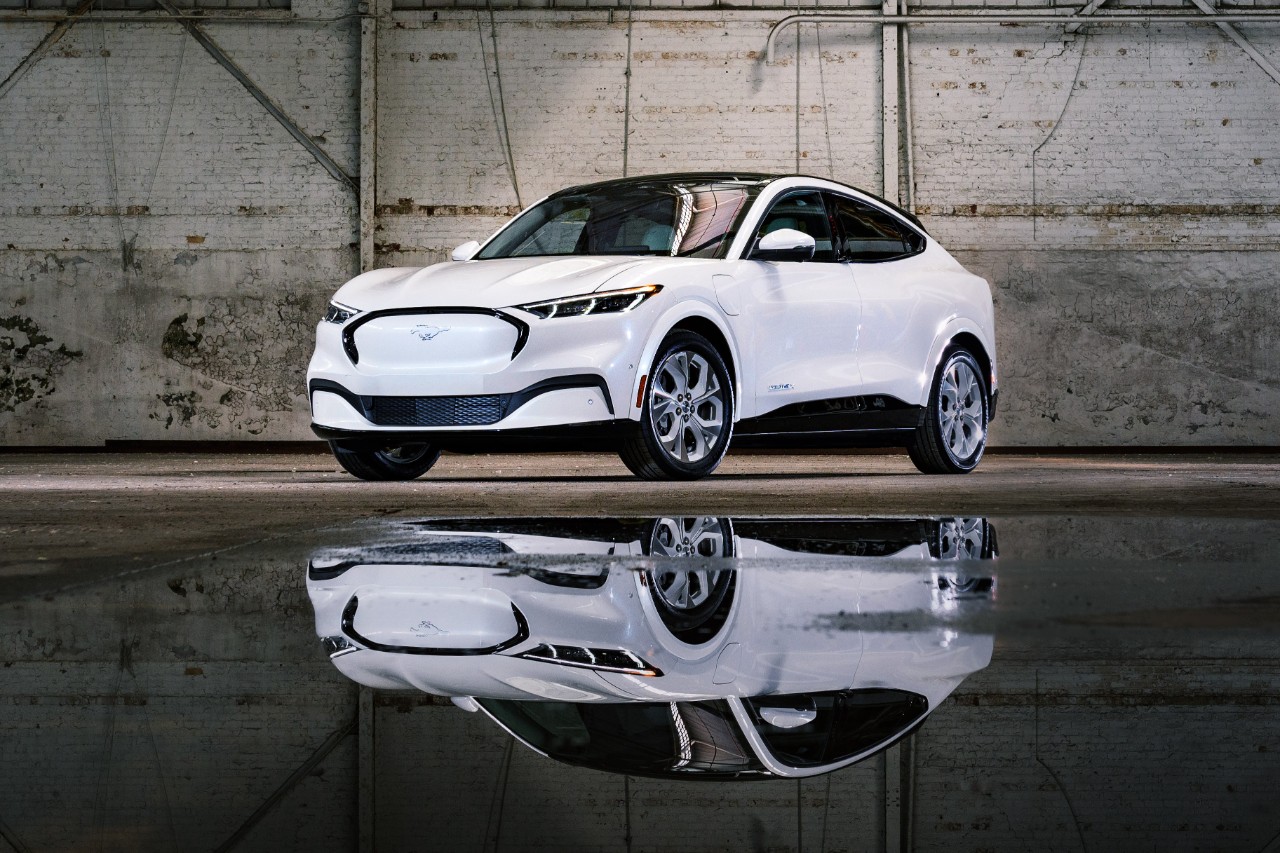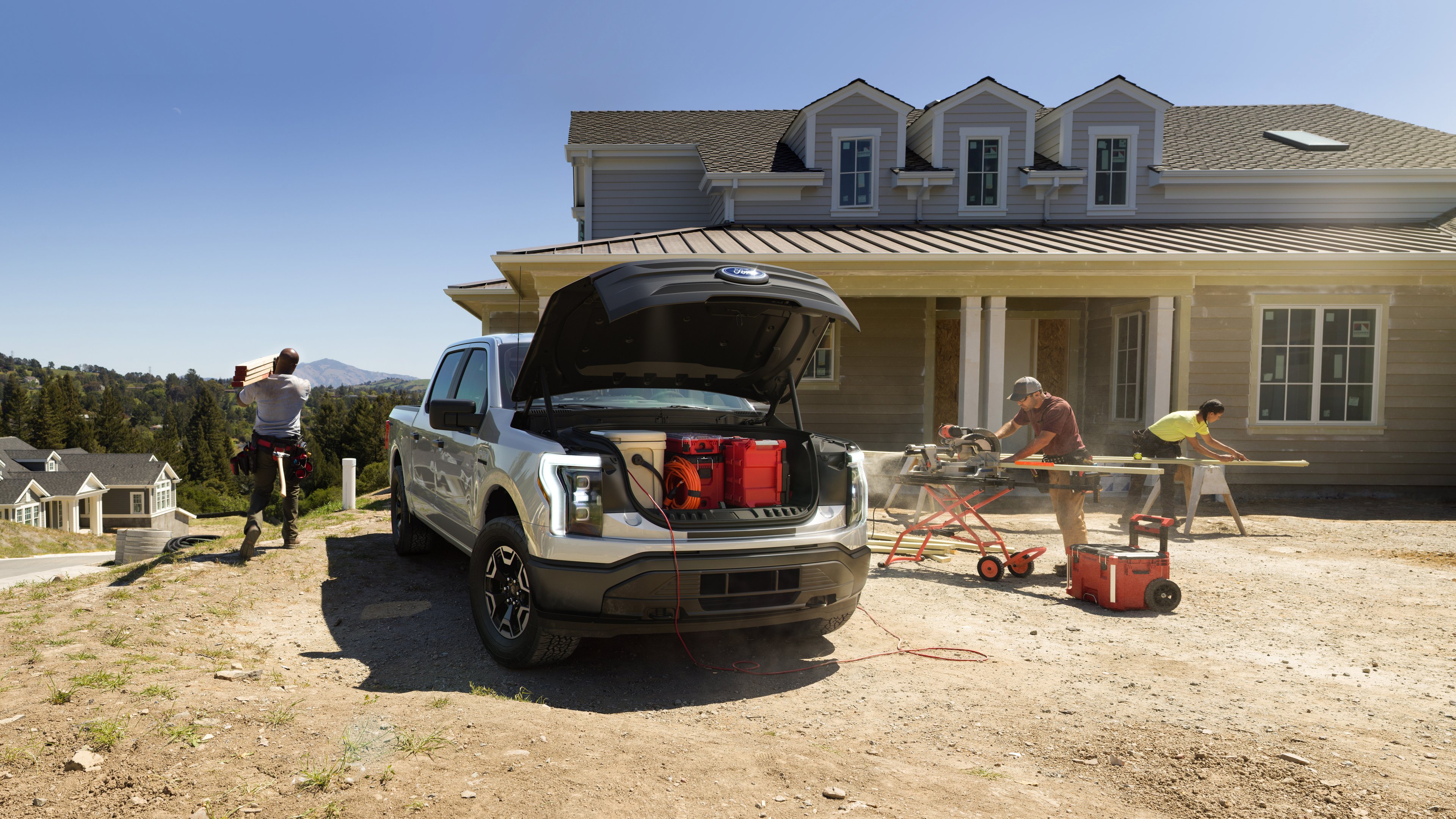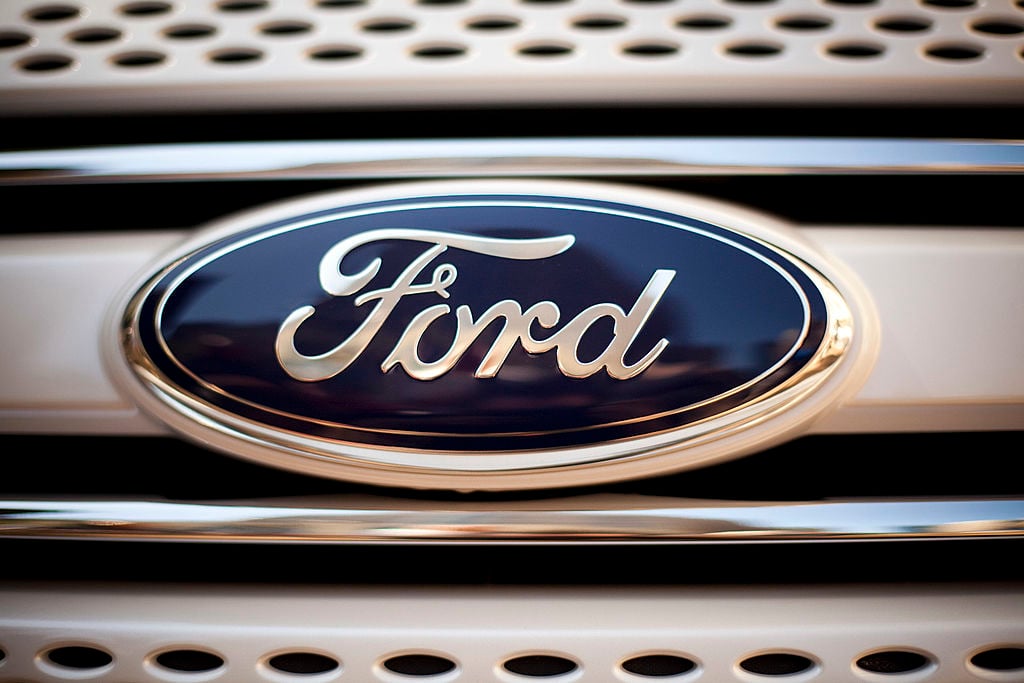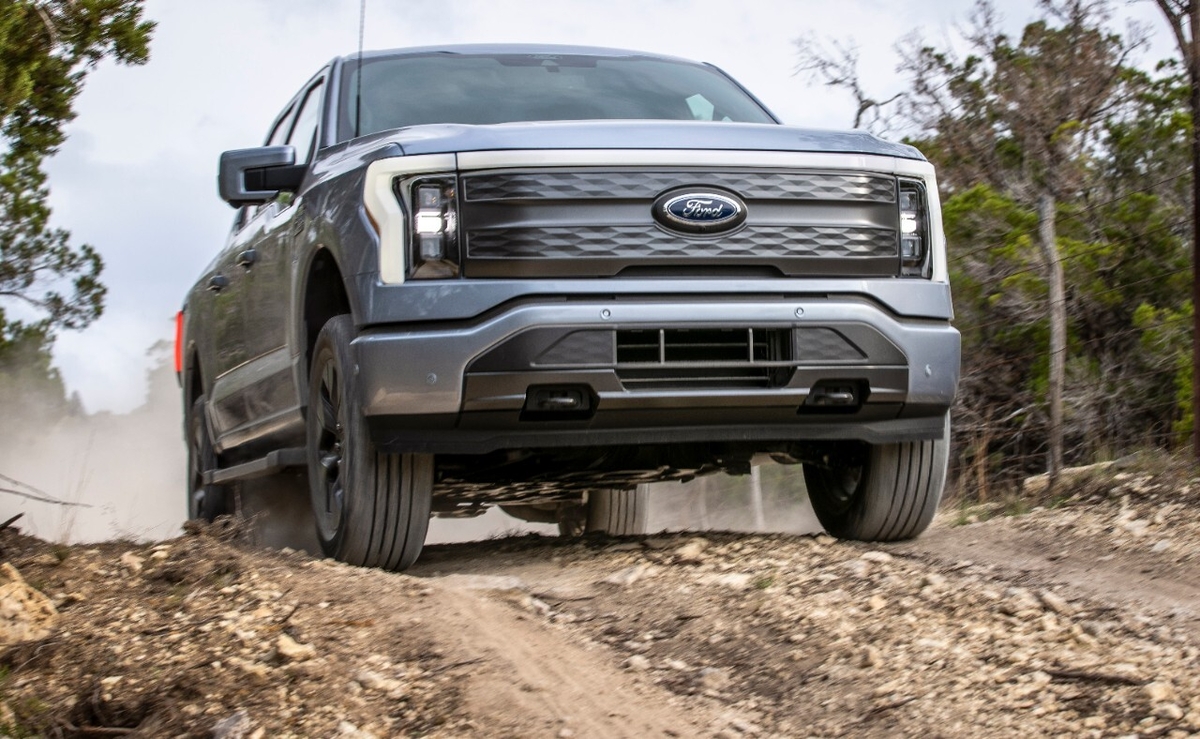
The 2016 version of Ford's F-150 pickup will include parts made from a new type of aluminum alloy developed by Alcoa. Source: Ford Motor Company.
Ford (F 1.39%) announced this week that it has struck a deal with aluminum giant Alcoa (AA +0.00%) to become the first automaker to use an advanced aluminum alloy developed specifically for cars and trucks.
A new material that will help automakers reduce the weight of their vehicles
The new aluminum alloy is made with a patented process that Alcoa calls "Micromill." It's said to be 30% stronger than the aluminum alloys now used by automakers and at least 30% lighter than automotive-grade high-strength steel.
The new Micromill alloy also has 40% greater "formability" than the aluminum alloy that's standard in the auto industry now. That means it's easier to shape into more intricate forms, such as the under-hood panel shown below, which have to be made with steel now.
But it won't just replace steel. Because the Micromill alloy is stronger than the aluminum used now, automakers can use thinner -- and therefore lighter weight -- panels that are just as resistant to dents as the current aluminum body panels used on vehicles like Ford's 2015 F-150 pickup.
And because it's more "formable," some complex vehicle parts that have to be made from steel sheet metal now can be replaced with this new aluminum product. Ford metal-stamping expert Peter Friedman gave the example of an inner door panel, which he said is one of the hardest parts of a vehicle to stamp.

The new Alcoa alloy allows automakers to stamp more complex shapes than are possible with current aluminum alloys. The piece shown is the inside section of a hood for a Ford F-150, made with the new alloy. Source: Ford Motor Company.
Current aluminum alloys don't work for those parts, so Ford uses steel. But with the new Micromill product, those panels can be replaced with aluminum. That will allow Ford (and in time, other automakers) to shed even more weight from its vehicles.
How this deal helps Ford and Alcoa
For Ford, it's a coup to be the first automaker to have access to this improved material. With fuel economy and pollution regulations around the world set to tighten significantly in the next few years, all of the major automakers are working to improve the fuel economy of their product fleets.
Like most of its rivals, Ford is using a variety of approaches to achieve that goal. But Ford has put special emphasis on making its vehicles lighter in weight. All other things being equal, lighter-weight vehicles get better fuel economy.
That was the key motivation behind Ford's decision to build its new-for-2015 F-150 pickup with aluminum body panels. Gas prices have fallen sharply since Ford made that decision, but making the truck lighter proved to have other benefits, such as increased towing capacity. Demand for the new F-150 has been very high, suggesting that -- for whatever reason -- customers are pleased with Ford's decision.
For Alcoa, it's a big and very visible step forward in its ongoing effort to capture more business from the automakers, a potentially enormous market for aluminum.
This is the first step in what could become a big development
Ford says it will start using the new Micromill alloy on some components in the 2016 version of the F-150 pickup, which will go into production before the end of the year. More components of the F-150 will be shifted to the new alloy next year.
That will make Ford's new truck even lighter. It'll also give Ford experience with the new metal that it can apply to other products under development. It'll also give Alcoa a chance to show that it can supply the new product at a pace that's fast enough to keep up with Ford's busiest factories.
Over time, expect Ford to use the material more widely -- and expect Alcoa to make it available to more automakers as it ramps up its production.






